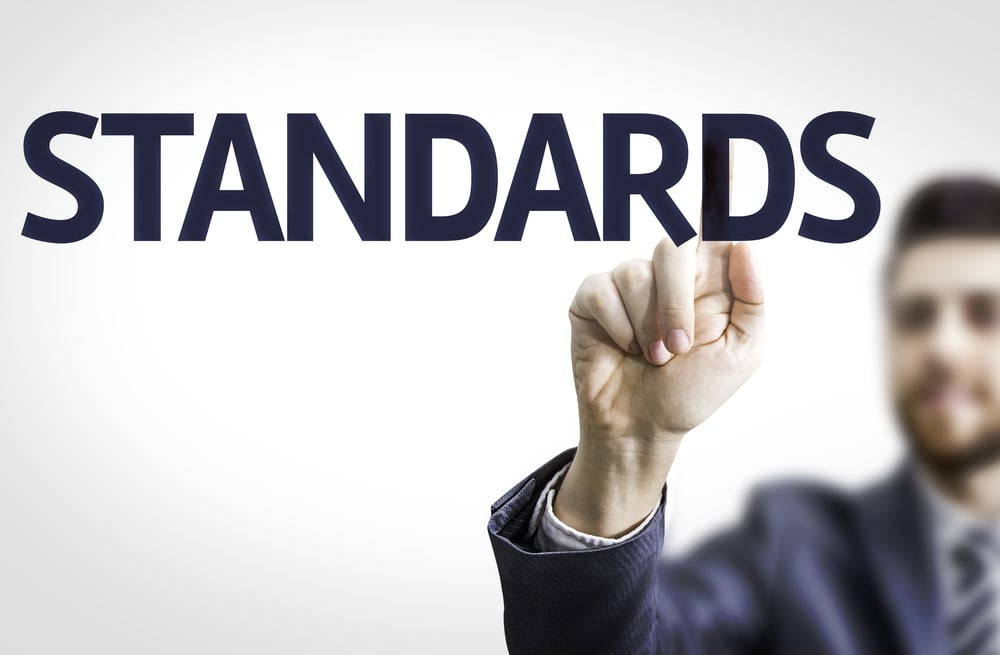 Standards are used in almost every aspect of our lives. In industry, look at OSHA, your QA/QC departments, NEMA, and a host of others. Once you look around, there are standards everywhere; some are necessary, and others are downright silly.
Standards are used in almost every aspect of our lives. In industry, look at OSHA, your QA/QC departments, NEMA, and a host of others. Once you look around, there are standards everywhere; some are necessary, and others are downright silly.
One of the problems with standards, especially in the U.S., is that we are all free thinkers and have our own ideas of what a standard should be. I talk to customers daily about how to increase their productivity (output) to grow their businesses and/or meet their customers' requirements. I frequently hear that one engineer/designer designs and documents in a manner that is different than the next person, which can become an issue.
As engineers and designers, we need to recognize that our designs outlive us; after you complete your design and the documentation required, it needs to be built/manufactured, debugged, and sold. And in many cases, there are warranties associated with your “product,” whether that be a building, structure, a discrete component or machine, or a process product such as propane, steel, etc. From a Controls perspective, your schematics and layouts become a safety requirement in almost all industries and applications.
By putting standards in place in your design and documentation process, you now have the opportunity to “herd the cats” to everyone performing the design tasks in a consistent manner. Once that has been accomplished, it's essential to recognize that these standards should change and grow as technology, products, and processes change. That baseline is critical; sticking with it long enough to see the outcomes is vital.
A piece of advice from someone that has been involved with standards in design and documentation for longer than some of you have been alive (yikes, I’m aging myself!): Instead of writing copious amounts of documentation on your standards—which will inevitably be put on a shelf, never to be seen again—build your standards into the software. Doing this entails templates, naming conventions, and text styles, to name a few. The goal is to have a consistent work product (be it design documentation or drawings). The best companies present consistent data to downstream departments, vendors, service personnel, and, most importantly, customers. If you want to make your own unique standard, I suggest doing it in your personal life or starting your own company.
An excellent example of effective standardization is found in the work of Edwards Demming, who almost single-handedly allowed Japan to compete in the global market after WWII by convincing them to employ a particular standard called Statistical Process Control. Initially, the products were "junk,” but they were consistent. Once that consistency was achieved, the standards slowly improved and could be measured. Now, anyone producing “junk” products in 2023 wouldn’t be in business very long, but using the approach of consistent output and then improving that output will put your organization on a path to even longer-term success.
Additional advantages of utilizing standards include assisting new hires to acclimate more quickly, allowing vendors to provide lower-cost services, and helping building and manufacturing departments complete their jobs more efficiently.





Comments